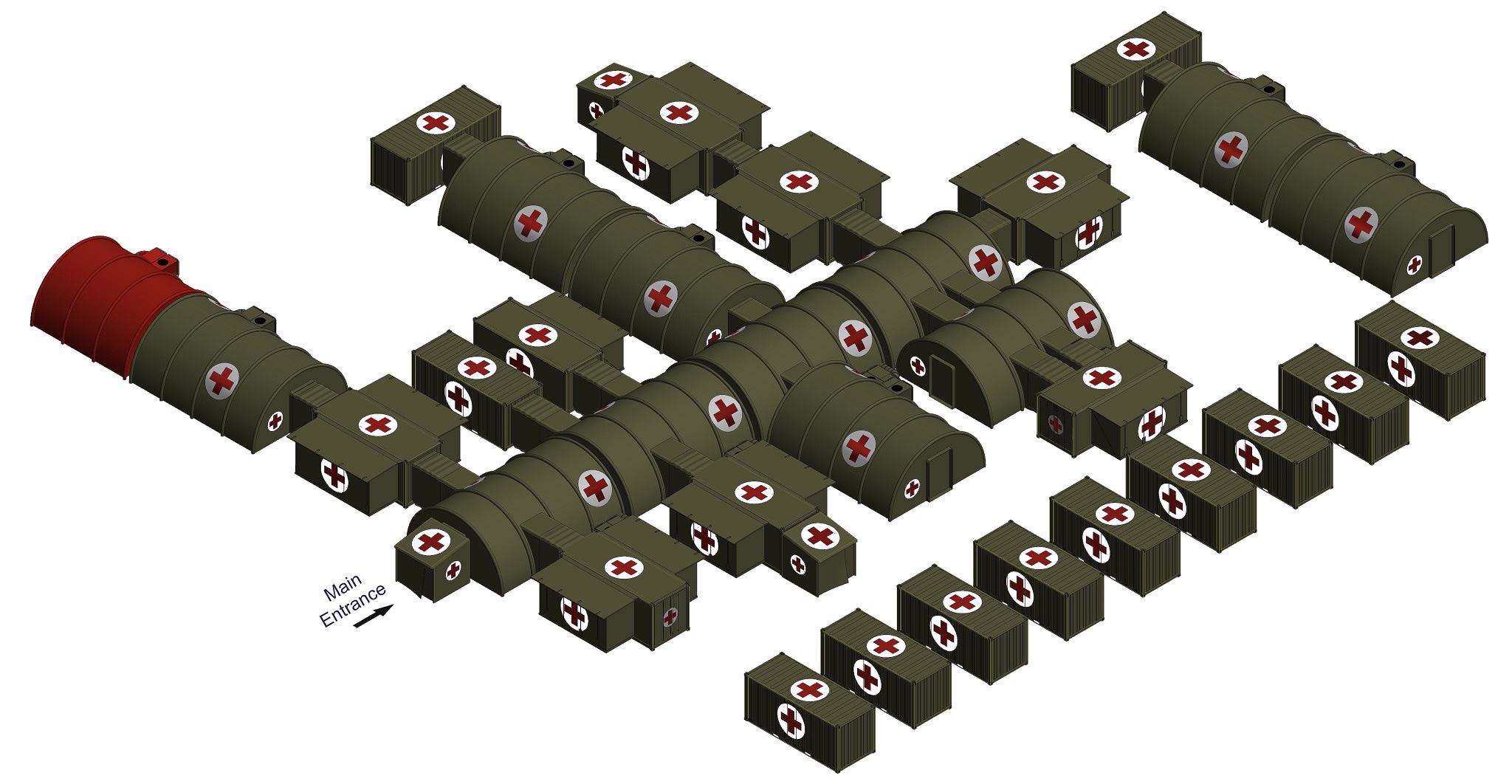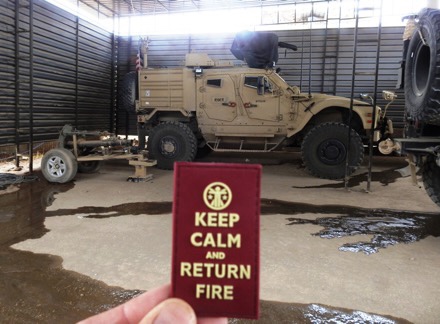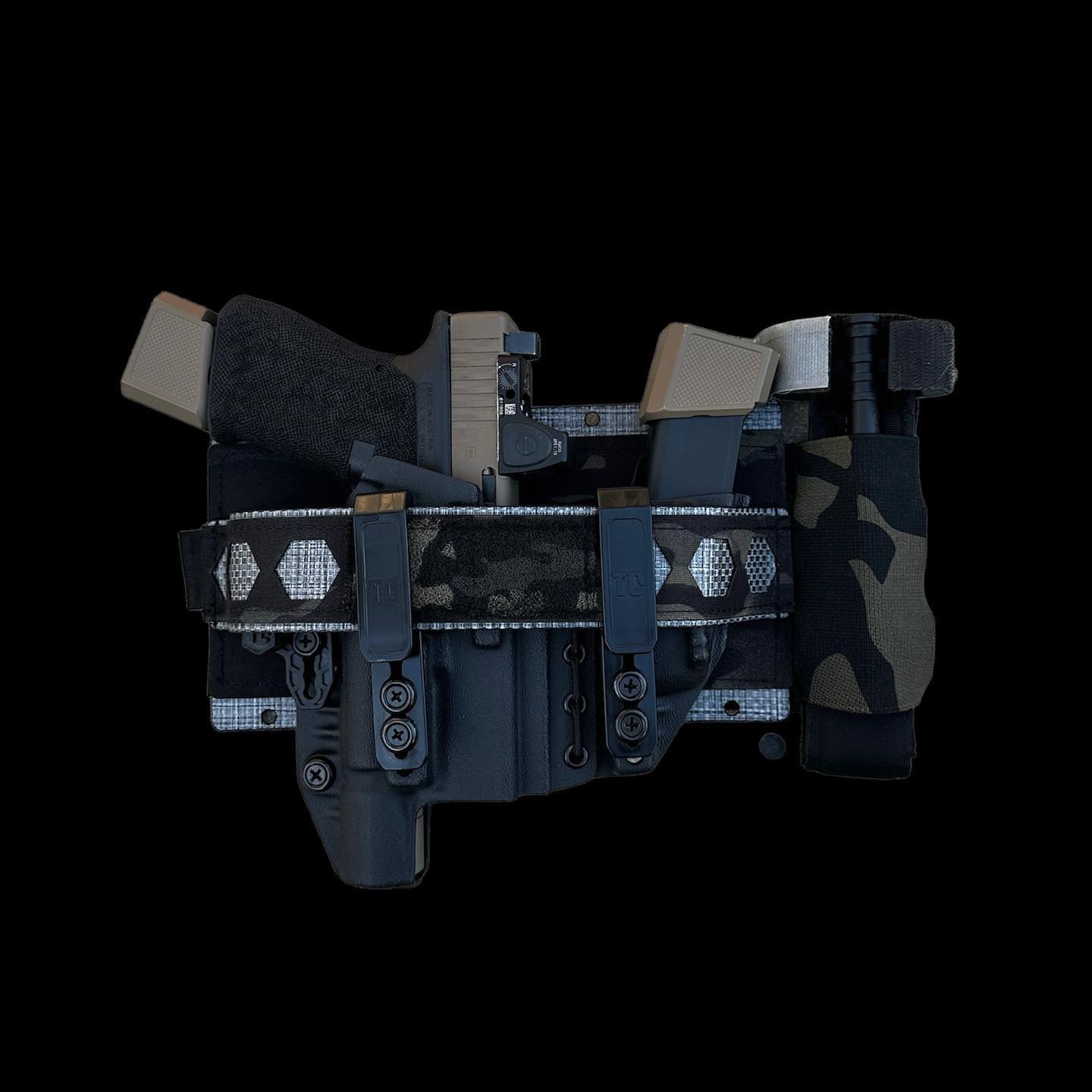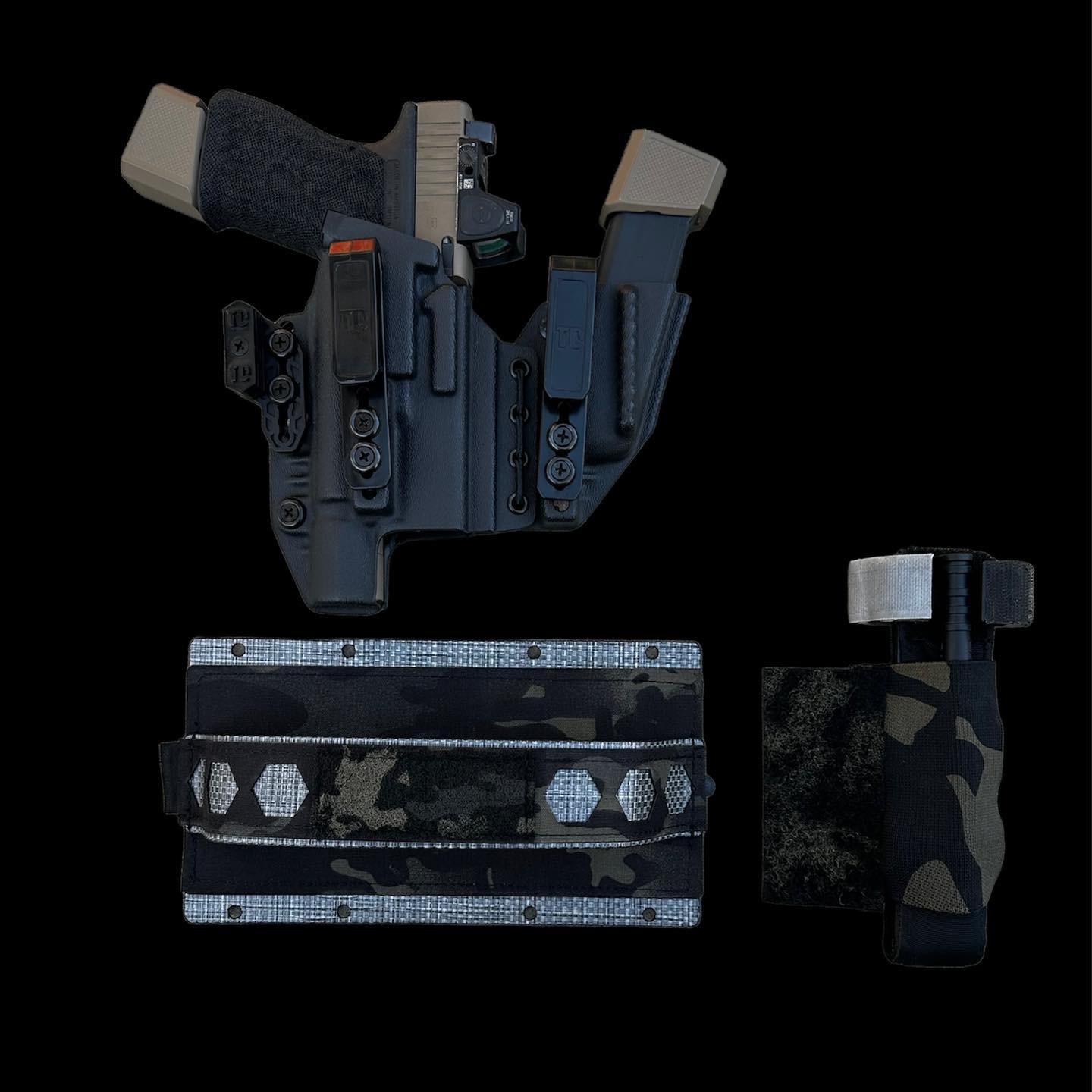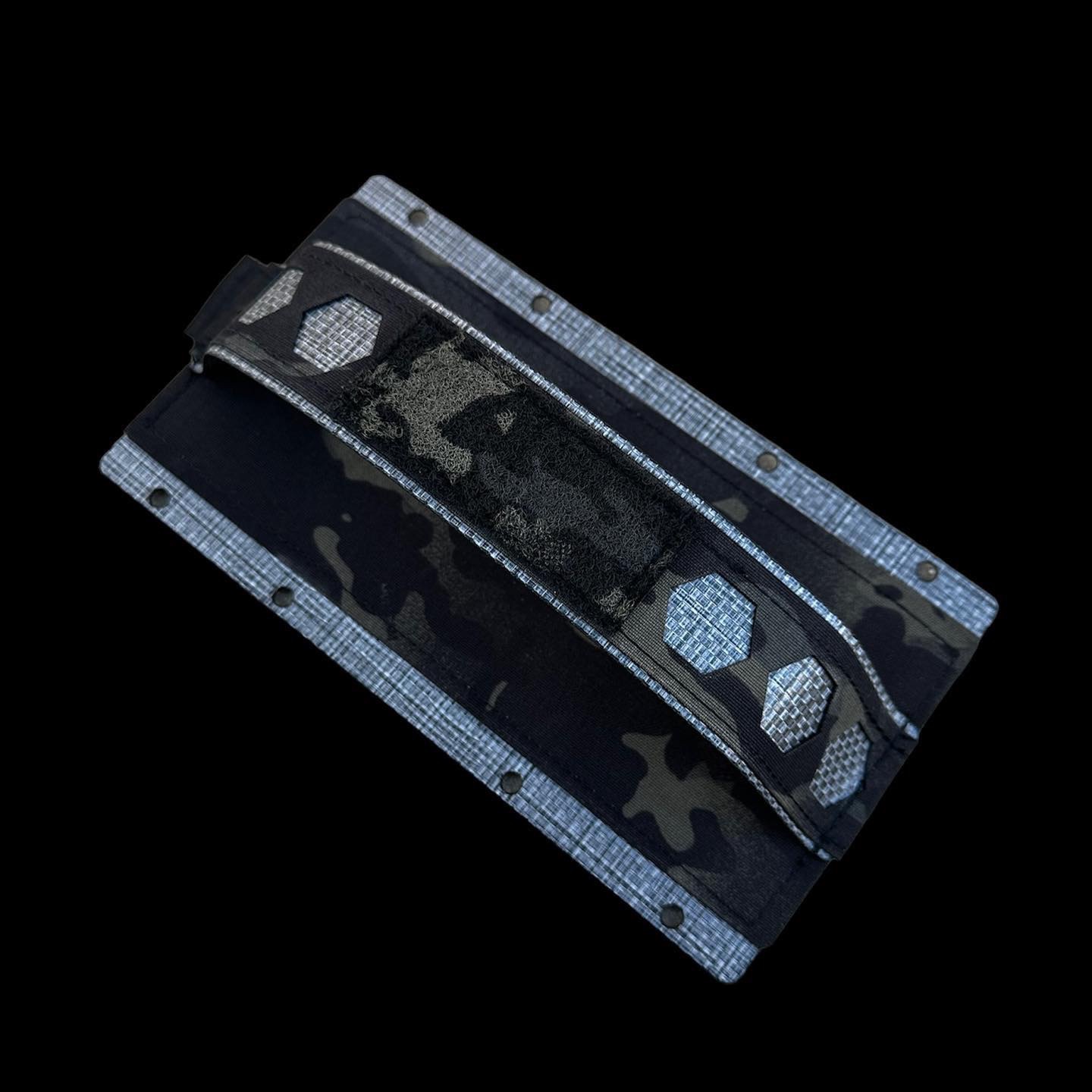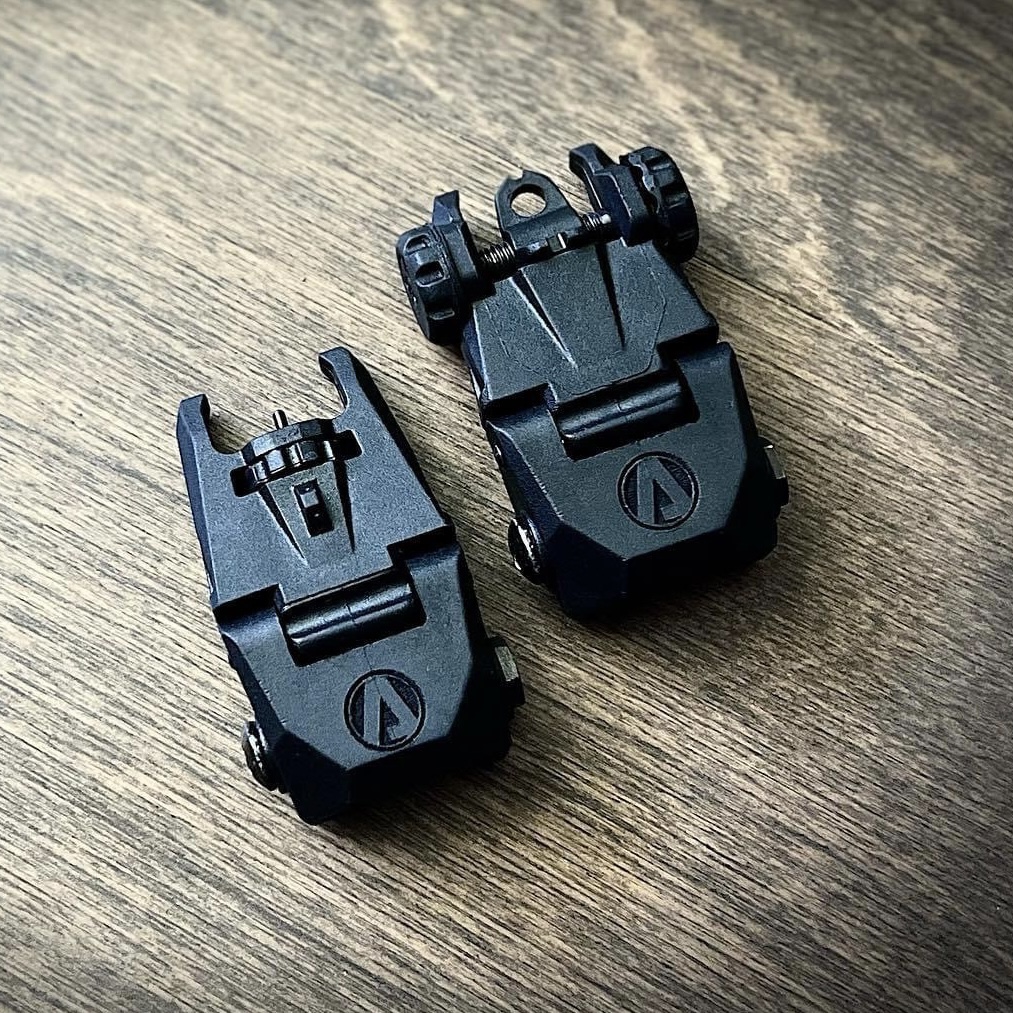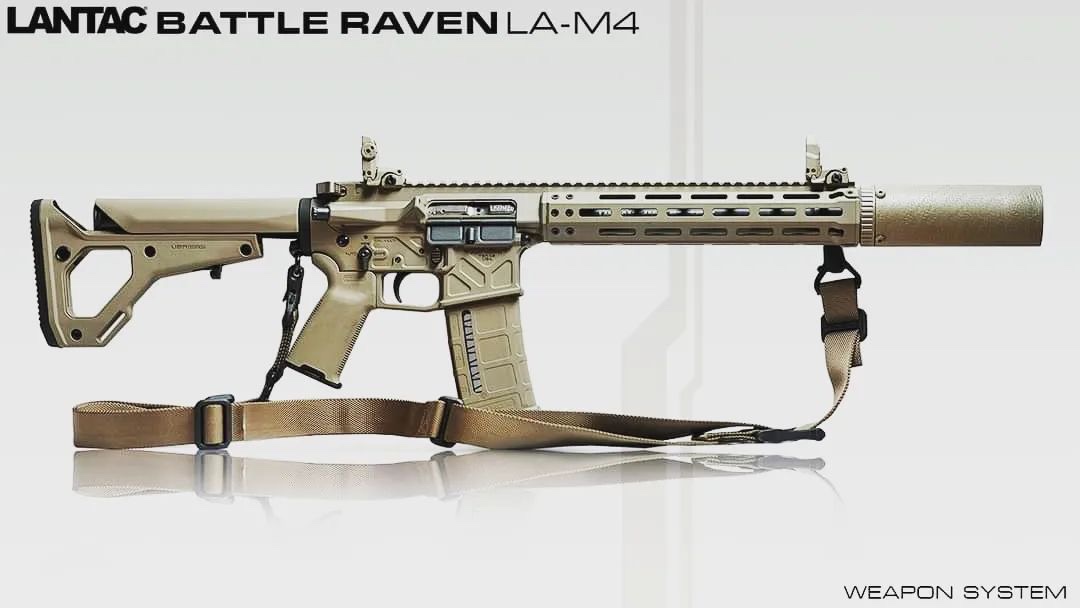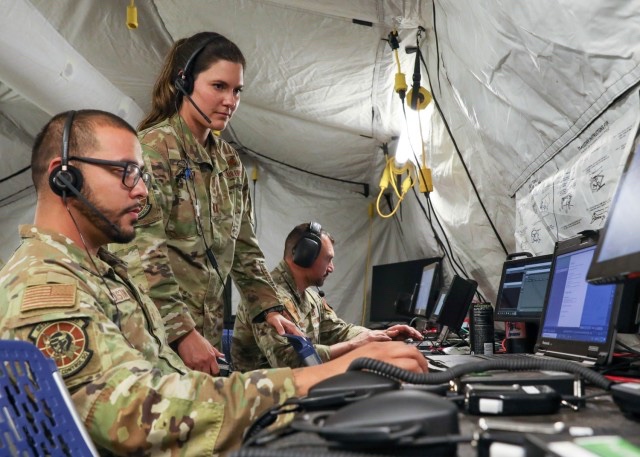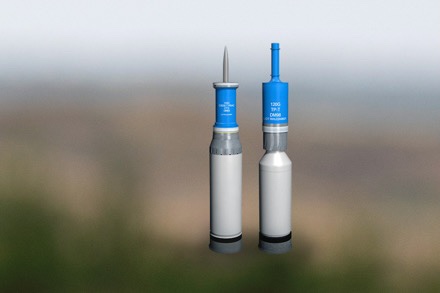When conducting over-the-beach (OTB) operations, whether driving your boat onto the beach or being dropped off a couple hundred yards out and swimming/diving in. You will have to deal with the a mix of sand and salt water. The worst part is the microparticles of sand that will get into everything you bring over the beach. You will find sand in your ears and hair for a long time after you go over the beach. Going thru training, you would find sand in your hair on Sunday when you haven’t been near the beaches for days.
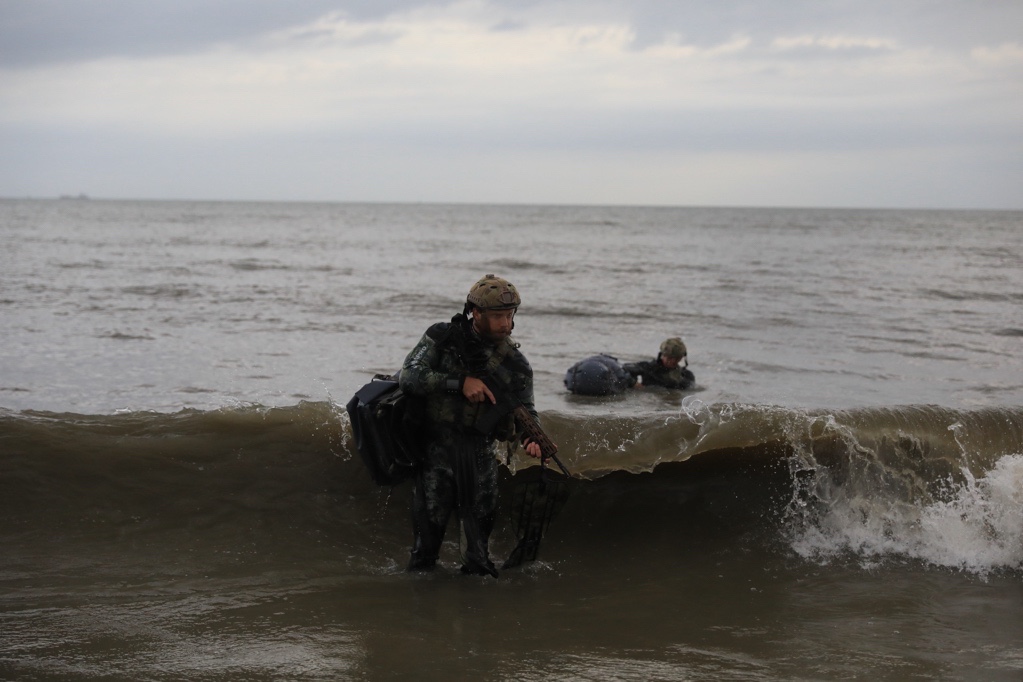
Starting with your gear prep and gear needed/ good to have.
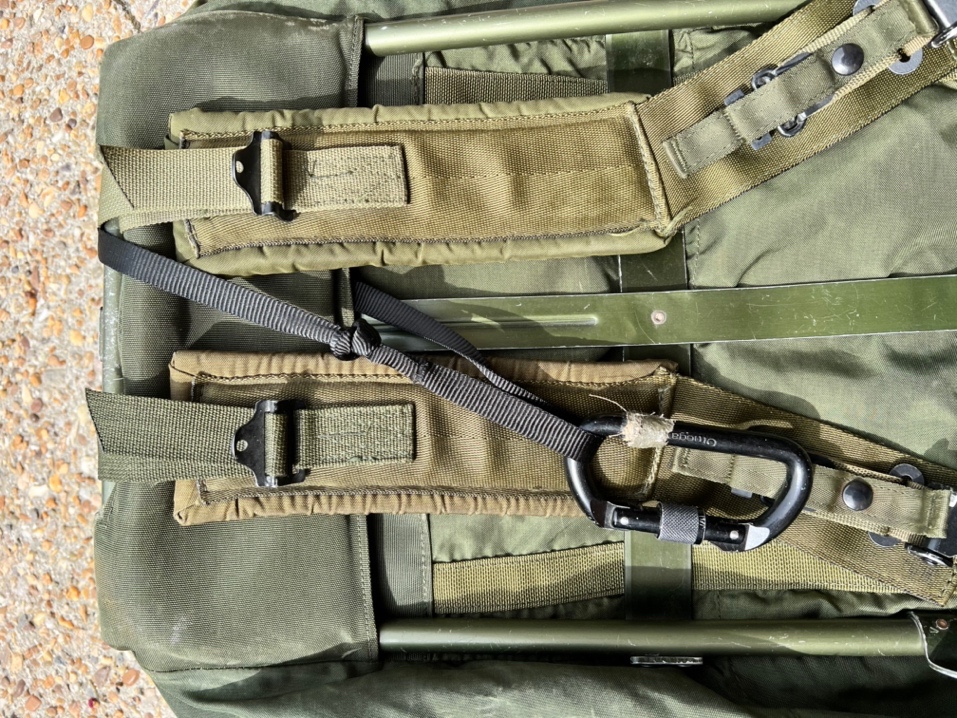
Alice pack/ Pack prep
Make a loop of 1/2” webbing and have it weaved thru the top part of the ruck, do not just attach it to the frame. Put it around the padding, also. If the frame breaks, you won’t lose your gear. Have a carabiner on the loop; this way, if you need to repel or lift it to a helicopter or tie it in, have it. Use a locking aluminum one with tape on it to keep it from making noise. I like a locking one so you can close it, and it won’t lock onto anything you don’t want it to. I know you are saying, but it will get stuck closed. Not if you maintain it properly, you won’t have any problems. The one in the picture is a little long, but you should get the idea. I also use a bear knot; it is cleaner and will stay tied.
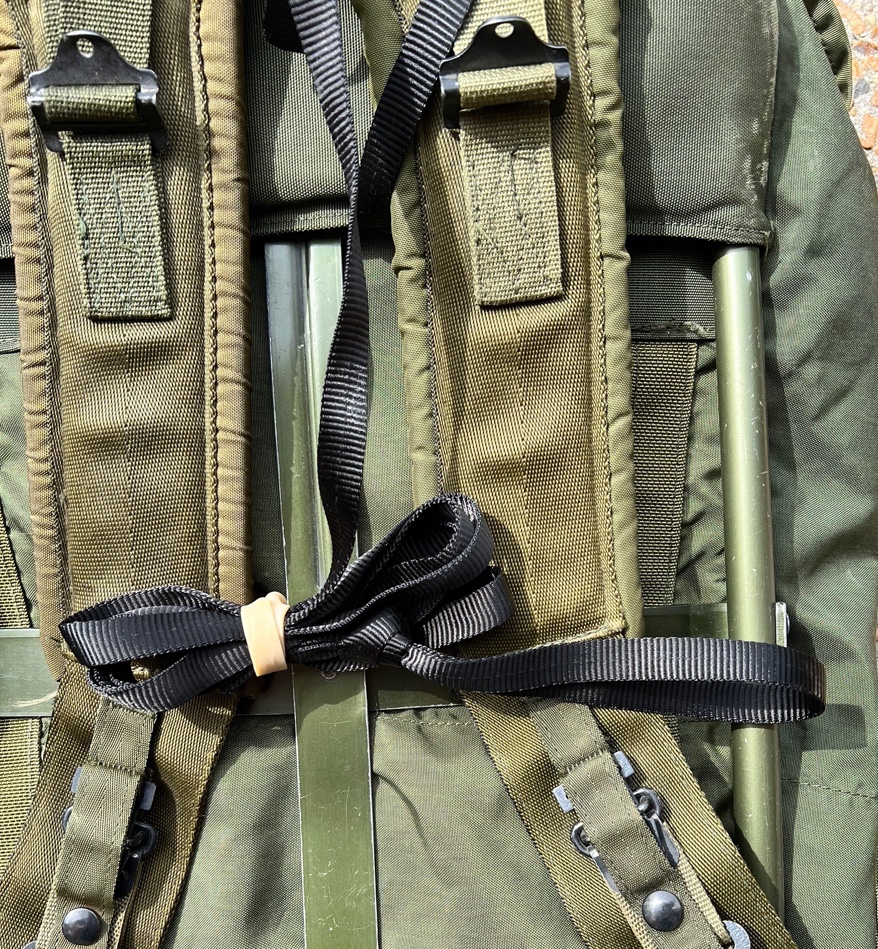
Next, take about a 6′-8′ of ½” webbing and have that attached to the same loop. I use that much, so I can get it away from me if needed, but I also have an extra line for repairing a shoulder strap or something. Also, if everyone has that much, you can use it to make fixed lines. It never hurts to have a light, strong cord with you. I like to use a small loop on the free end to make a girth hitch. This is used so you can put it around your hand so when you are swimming your ruck thru the surf or doing a river and stream crossing, you can let go of it if needed but also hold onto it if you are in control.
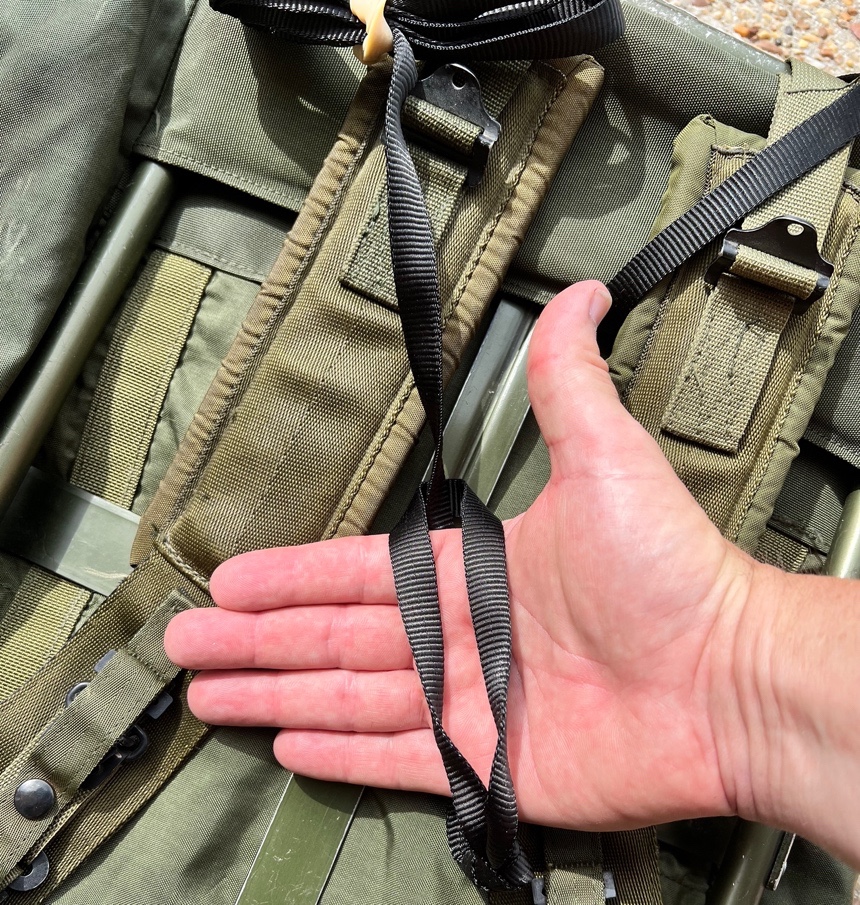
Do not put it around your wrist. If something happens and you get pulled down, you will not be able to let go of it. When it comes to gear or you, choose you. Make sure your pack has a good drain hold, so you are not carrying extra water with you and that it drains fast. If needed, add grommets to make the drain holes a little bigger. Lastly, always have some 550 cord in the bottom of your pack; you can always use it. The last thing I like to do is with all my bags I will use at night. I hang a tiny keychain Nitize microlight at the top of the bag; I put it on a retractable keychain leash so I can look around in my bag at night. I am about making life more accessible, which significantly helps. This is key when you are on a boat and are rocking and looking for a hat or something.
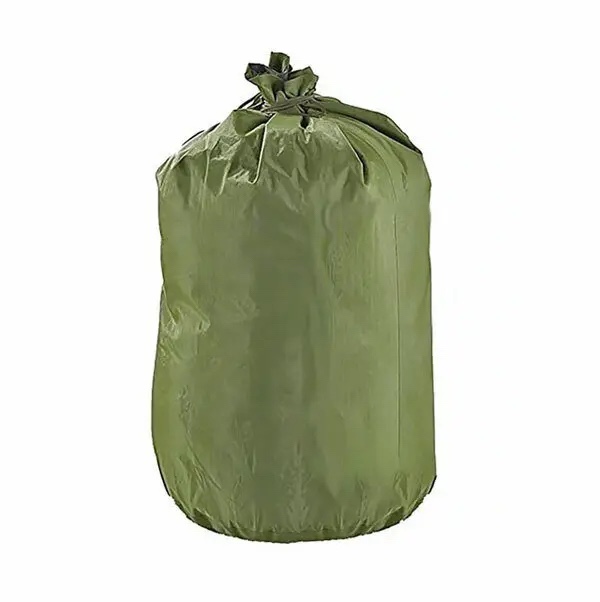
Ruck liner
The field pack liner is intended to be used as a liner for field pack to hold items other than subsistence items that must be protected from moisture. The liner is also designed as a flotation device for the individual carrying the field pack. The liner is fabricated of olive green 106 nylon cloth coated with polyurethane pigmented olive green 207. The coated side of the fabric is on the outside of the liner. I love the liner as it is easy to open and close, and it always works like a champ. No matter what you are doing, have a liner in your pack to keep things dry. Yup, even in the desert, it will help keep your gear clean and as sand free as it could be in that place.
MSR gear makes water storage bladders; it is always good to have a way to store extra water. You never know how far you will go to find water; take as much as you can carry as you don’t know when you will find more. (This is also depending on location and time of year) But they are also great for floatation. They are made from a heavy fabric, making them hard to break. They are great if your bag might be a little heavy, and you might be a little worried about swimming it in and you want more lift.
You should always have a poncho with you. It can be used as a ranger raft for crossing bodies of water. A ranger raft is excellent for keeping your ruck/pack into the beach and for any water crossing to keep all your gear dry, including your ruck. The one downside is you are rapping your bag in the poncho, so you can’t use the shoulder straps. So, it’s not the best idea to use it for OTBs. They have a way to waterproof it, and they make heavy-duty type waterproof storage bags; they are great for storing your poncho when not in use and reusable.
Do a good float check; that means soaking your bag in the water with the gear you intend to have when you go over the beach. Make sure your gear can float itself. You float you, and your gear should float on its own. Don’t think, “oh, I am a good swimmer I can just tuff it out; we are only swimming 100 yards “. First, as a former Boat guy and Team guy (yes, there is a difference), it’s never just 100 yards; always plan for the worst.
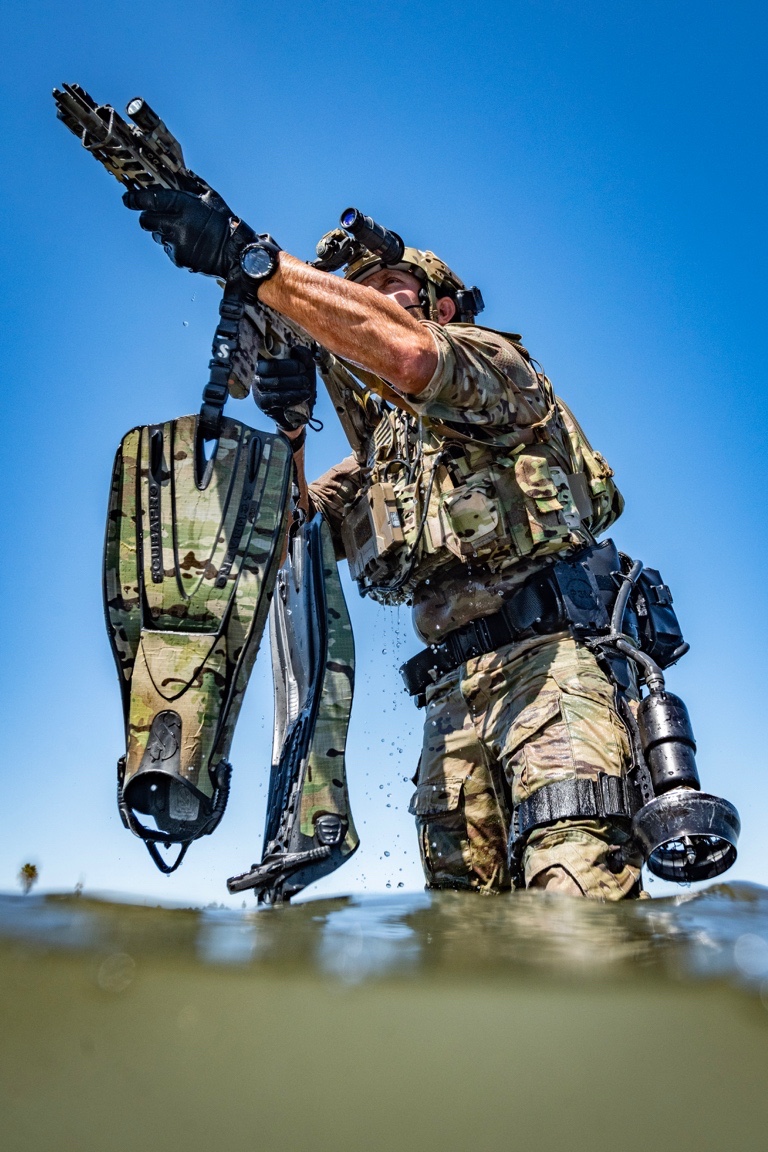
Fins, I like the SCUBAPRO Go Sports. They are light, have a ton of power, and have a big foot pocket that you can fit most combat-type boots. They are light enough that if you must carry them in the field, you can also. They have a bungee heal strap, making donning and doffing easy, so you are not fighting with them in the surf zone trying to get it on or off. I use a fin strap system that has two Fastens. I put the male on one fin and the female on the other. This way, I can clip them to each other, which makes it easier to carry them. I can also use it to hang them on the bottom of the ladder when doing ship boarding. I also have a male and female on each shoulder of my H-gear/ body armor. With the male and female on different fins, it allows me to attach them. It is also less of a snag hazard than having a loop of 550 cord on your fins. I also don’t have to carry a carabiner for just my fins.
When it comes to your other gear like boots and what to wear, this will all depend on where you are doing this and what time of year. In the winter, you will have a lot more gear. I will talk about all that stuff in a later article.


